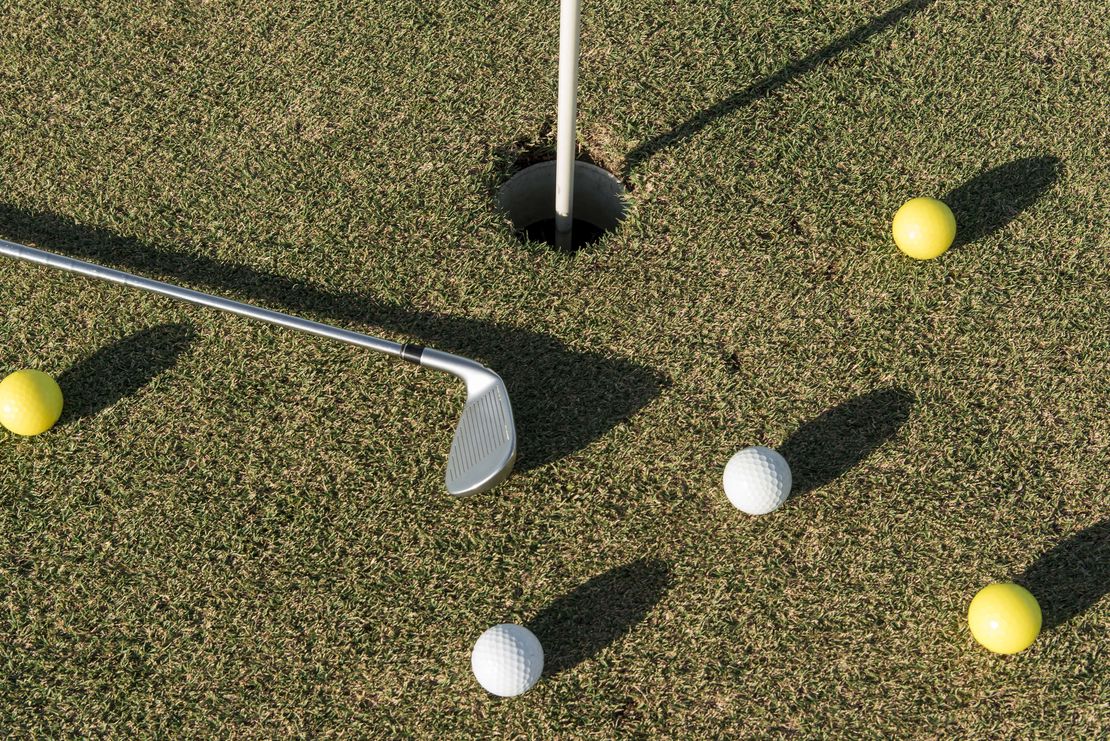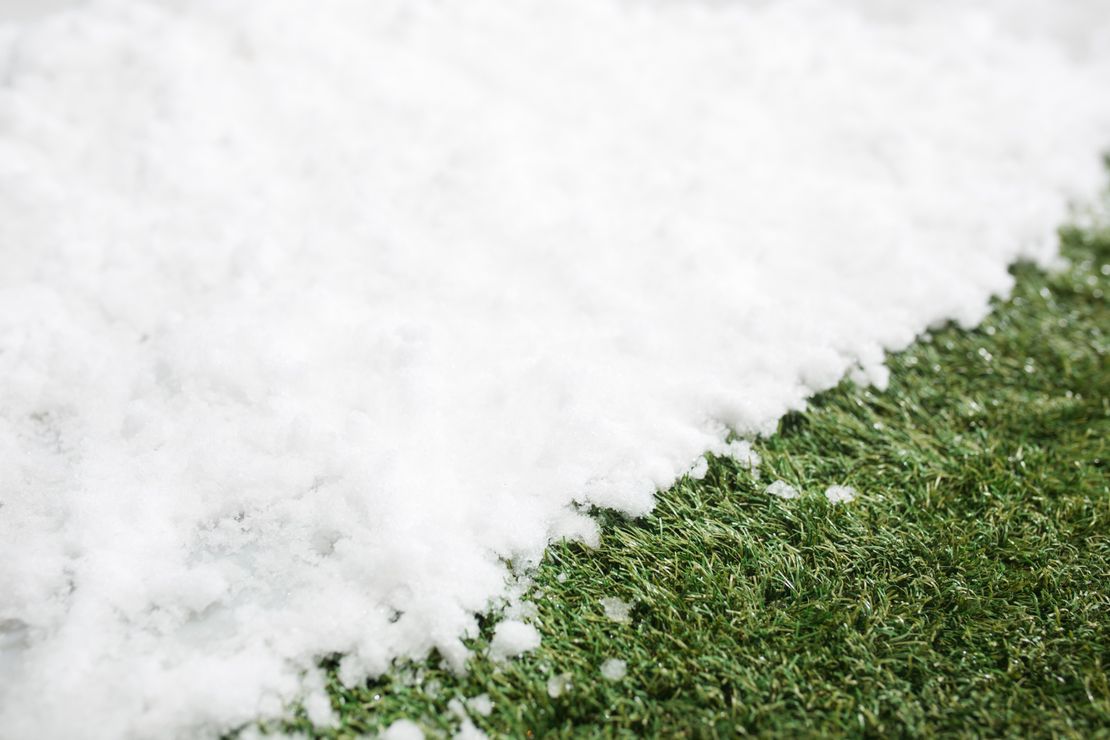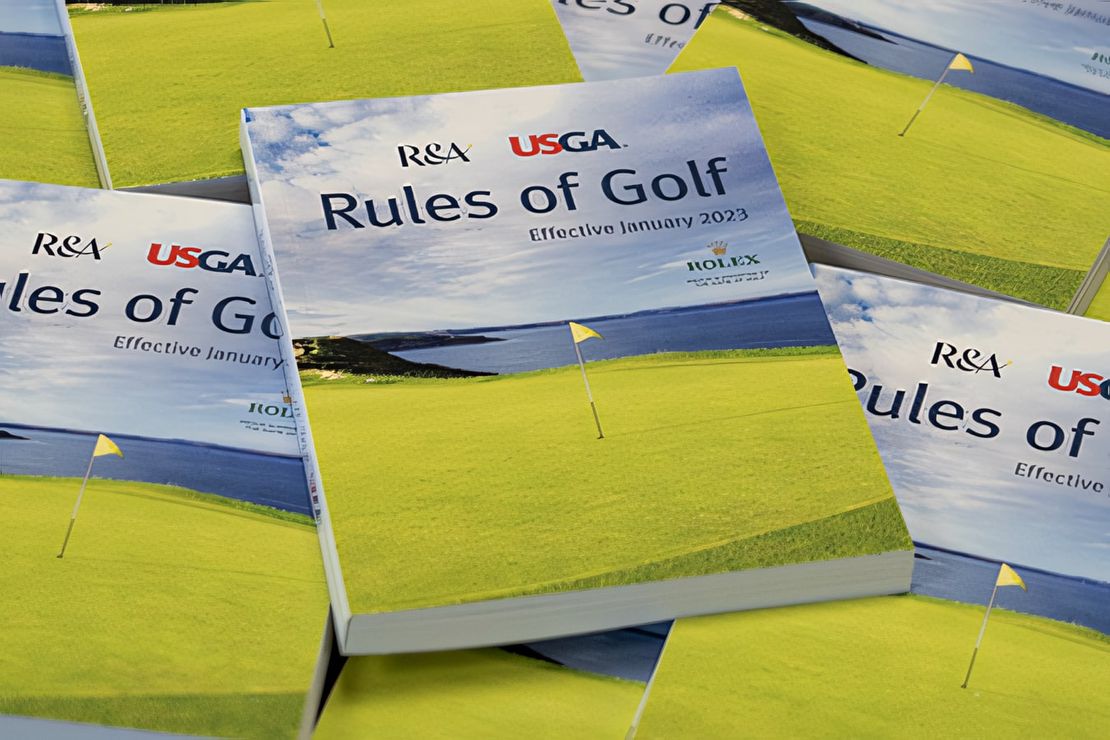
The High Cost of a Simple Mistake: Understanding Golf's Rule on Hitting the Wrong Ball
- John Whitaker
- Golf , Rules
- July 26, 2024
Table of Contents
In the intricate game of golf, understanding and adhering to the rules is as crucial as mastering your swing. Among these rules, one that often catches even experienced players off guard is Rule 6.3c, which penalizes hitting the wrong ball. This seemingly simple mistake can significantly affect the scorecard, especially during competitive play. The rule is designed to ensure fairness and maintain the integrity of the game, making it imperative for golfers to be vigilant about their ball identification.
Imagine playing a round where you’re confidently moving through the course, only to discover that the ball you just hit wasn’t yours. This disrupts your focus and adds unnecessary strokes to your score due to the penalty incurred. Such errors often occur in common scenarios, such as when balls land close to each other or in poorly marked areas. The penalty for this infraction is not to be taken lightly—two strokes in stroke play or loss of hole in match play—underscoring the weight of the consequences and the importance of avoiding this mistake.
Golfers are encouraged to mark their balls distinctly and double-check before each shot to prevent such costly errors. Whether you’re an amateur or a seasoned player, understanding Rule 6.3c and its implications is crucial for maintaining good standing in any game. In this post, we’ll explore this rule in detail, offering insights into its application, common pitfalls, and tips for staying compliant. This will ultimately help you avoid the high cost of a simple mistake on the golf course.
Explanation of Rule 6.3c
Rule 6.3c in golf is crucial for maintaining fairness and accuracy during play. This rule explicitly addresses the penalty for hitting a ball that does not belong to the player. According to the rule, if a player makes a stroke at a wrong ball, they incur a two-stroke penalty in stroke play or lose the hole-in-match play. This rule ensures that players only play their ball, preventing any unfair advantage or confusion on the course.
The penalty is not just a deterrent; it also reflects the game’s integrity, emphasizing the importance of precise play and attention to detail. It’s a rule that requires golfers to be meticulous in identifying their ball before taking a shot, thereby avoiding unnecessary penalties that could alter the outcome of a round. Understanding this rule is essential for golfers at all levels, as it reinforces the game’s fundamental principle of playing the ball as it lies and respecting the established rules.
Impact on the Game
Hitting the wrong ball incurs a two-stroke penalty in stroke play or loss of hole-in-match play, which can significantly alter the outcome of a round. This rule stresses the importance of accurately identifying your ball to avoid these penalties. Mistakes commonly occur in crowded areas or poorly marked courses, affecting amateurs and professionals. Understanding Rule 6.3c is crucial for maintaining fairness and ensuring that golfers are attentive and respectful of the game’s regulations, preserving the integrity of play.
Common Scenarios
Mistakes involving hitting the wrong ball often happen in areas where multiple players’ balls land close together, such as crowded fairways or shared landing zones. In such situations, it’s easy to accidentally hit another player’s ball, especially if it isn’t marked. This mistake can disrupt a player’s concentration and flow, leading to unnecessary penalties that could have been avoided with more careful identification.
Another common scenario involves poor visibility conditions, such as foggy weather or dense rough, where spotting and correctly identifying your ball becomes challenging. In these cases, the risk of mistakenly hitting the wrong ball increases, emphasizing the need for golfers to take extra precautions, such as using distinctive marks or unique identifiers on their balls.
These scenarios highlight the importance of vigilance and proper ball identification in avoiding penalties and maintaining a fair and competitive game. Golfers are encouraged to develop habits that minimize the risk of such errors, ensuring smoother and more enjoyable rounds.
Preventative Measures
Golfers should adopt a few essential practices to avoid the penalty of hitting the wrong ball. Firstly, marking your ball with a unique identifier, such as a specific colour or symbol, can help prevent confusion. This is particularly useful in situations where balls are likely to be close together or where visibility is poor.
Secondly, always double-check the identification of your ball before each shot, even if you are confident it’s yours. This habit reduces the likelihood of mistakes and ensures compliance with Rule 6.3c. Lastly, communicate with fellow players and caddies, ensuring everyone knows each player’s ball markings and positions.
By implementing these measures, golfers can significantly reduce the risk of hitting the wrong ball and incurring penalties, thereby enjoying a smoother and more focused game. These practices help avoid penalties and contribute to a more respectful and orderly play environment on the course.
Conclusion
Understanding and following the rules of golf, such as Rule 6.3c regarding hitting the wrong ball, is essential for all players. This rule emphasizes the importance of identifying one’s ball correctly to avoid severe penalties, which can significantly impact the game’s outcome. By adopting good practices, such as marking your ball and double-checking before each shot, golfers can ensure fair play and maintain the integrity of the game. Staying informed about these rules helps enhance the player’s experience and the game’s overall quality.
In stroke play, hitting the wrong ball results in a two-stroke penalty. In match play, the penalty is the loss of the hole.
To avoid hitting the wrong ball, clearly mark your ball with a unique identifier and always double-check before taking a shot.
If you realize you’ve hit the wrong ball, you must correct the mistake by playing your correct ball and apply the appropriate penalty.
Exceptions include situations where the player is unable to identify the ball due to external factors, though these are rare and usually clarified by a rules official.


